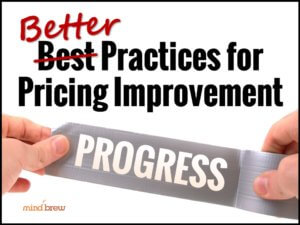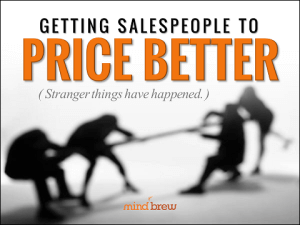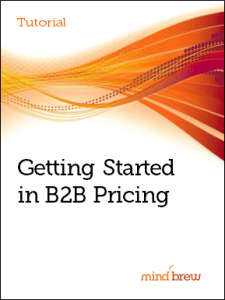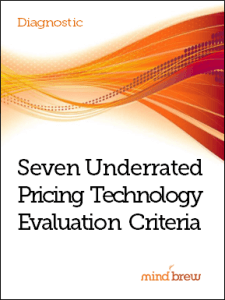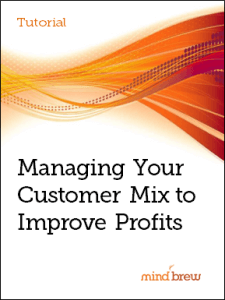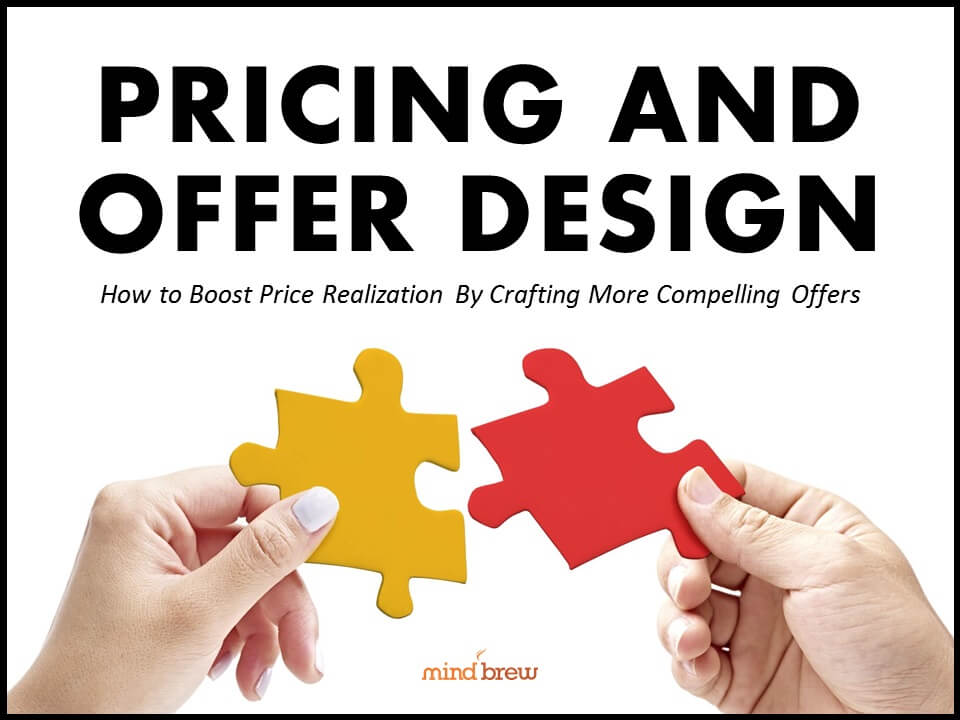Product designers, particularly those involved with software, have long struggled against a particular tendency in human nature. You see, when we make a thing, we naturally want that thing to be as good as it could possibly be.
Unfortunately, building a product that is as good as it can be requires long hours coming up with seemingly endless lists of product requirements. And then it can take months, years, even decades to build a product that successfully meets those requirements.
Of course, by then, the market may have changed so much that the original requirements are no longer applicable.
To circumvent this natural desire for perfection, product managers follow a principle known as minimum viable product (MVP). An MVP is a basic version of the product that is just functional enough to get some customer reactions. Nothing more. Nothing less. It allows a company to get products to market as soon as possible and to start integrating customer feedback into the next iteration.
In pricing, we aren’t making any products, but we often do put together proposed improvements. It’s natural to want these improvements to be as good as they can possibly be.
But as the saying goes, “The perfect is the enemy of the good.”
Our research has shown, time and time again, that’s it’s far better to put some improvement in place — any improvement — even if it’s not yet ideal. “Best practice” isn’t best if it never gets implemented. It’s far better to get something going and then make additional adjustments over time.
PricingBrew has several resources that explain different ways to get an “MVP” initiative into production:
- “Better” Practices for Pricing Improvement aims to help you figure out which initiatives will be both beneficial and doable in your organization. It advocates for a pragmatic approach that can start to move the needle in the right direction.
- Identifying & Capturing Profitable “Quick Wins” highlights some tactics that don’t require a lot of time or knowhow but have an outsized impact on the bottom line. It focuses on very achievable projects that can help your team begin to impact your organization.
- Getting Your Salespeople to Price Better offers some techniques that help improve engagement among your sales team. It can also help increase your understanding of how salespeople think and ultimately improve your relationship with them.
By applying these minimum viable product techniques, your pricing team can become a different kind of MVP — the most valuable player on your company’s payroll.

